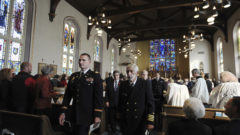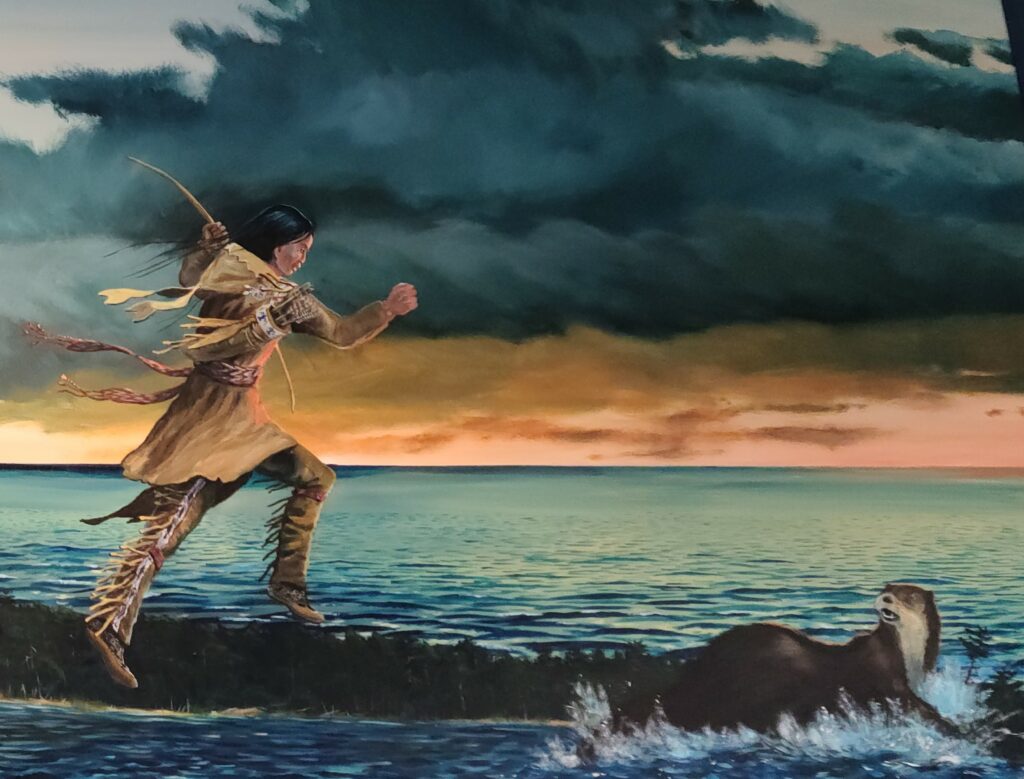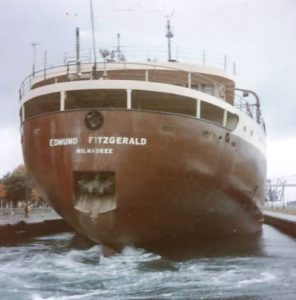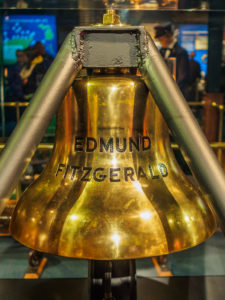Folk singer-songwriter Gordon Lightfoot dies at 84
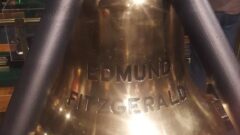
TORONTO (AP) — Gordon Lightfoot, the folk singer-songwriter known for “If You Could Read My Mind” and “Sundown” and for songs that told tales of Canadian identity, died Monday. He was 84.
Representative Victoria Lord said the musician died at a Toronto hospital. His cause of death was not immediately available.
Great Lakes Now
https://www.greatlakesnow.org/2023/05/ap-folk-singer-songwriter-gordon-lightfoot-dies/

